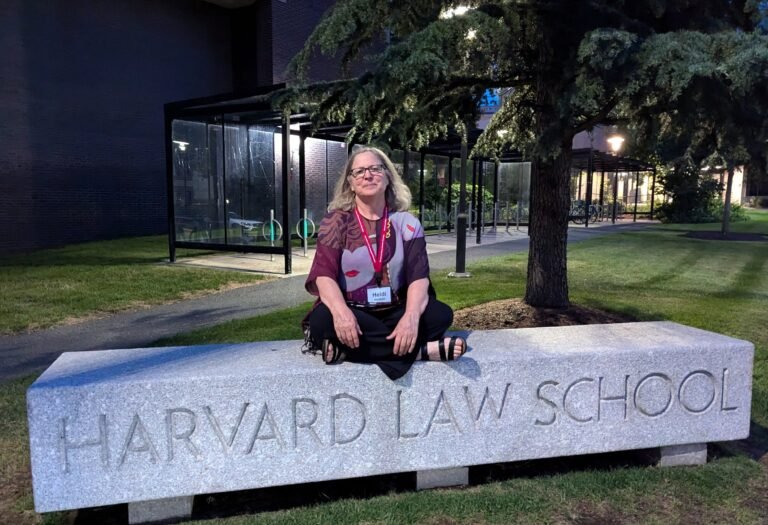Just now, I’m looking back.
Almost a year since we opened our doors. Almost two years since I started facilitator school. Almost three years since I first felt the calling to become a psilocybin facilitator.
Over that time, I’ve developed a facilitation style that is uniquely my own—one that emphasizes deeper preparation, longer conversations, and more psychedelic education than many of my peers. How did I arrive here?
A big influence came from my time at the Sequoia Center in Portland, where I went through four ketamine sessions. I wanted to experience the medical model of psychedelics firsthand, stepping into it with the same curiosity—and uncertainty—that my own clients would bring.
My therapist, Brian Hannah, followed a strict protocol requiring a minimum of four preparation sessions. Those sessions were not optional. We talked in detail about risks, intentions, and what to expect. They made sure my expectations were grounded and realistic. That level of preparation, which many facilitators never experience themselves, shaped me profoundly. It taught me patience. It taught me the value of slowing down. And it made me a more careful and compassionate facilitator than I otherwise would have been.
If you’re considering a psilocybin journey, I encourage you to take your time. Spend time with your facilitator. Ask every question. Get the answers you need. Yes, there will always be an element of mystery in a psychedelic journey—but the more safe, seen, and prepared you feel, the more open you can be to what unfolds.
ns
-
A quiet consultation space with warm lighting (alt text: psilocybin facilitator in Oregon preparing clients for safe psilocybin treatment).
-
A symbolic “path” or “journey” image such as a winding trail in the forest (alt text: psilocybin experience in Oregon with preparation and support).
-
A facilitator and client in conversation, emphasizing safety and trust (alt text: safe psilocybin treatment with facilitator in Oregon).



